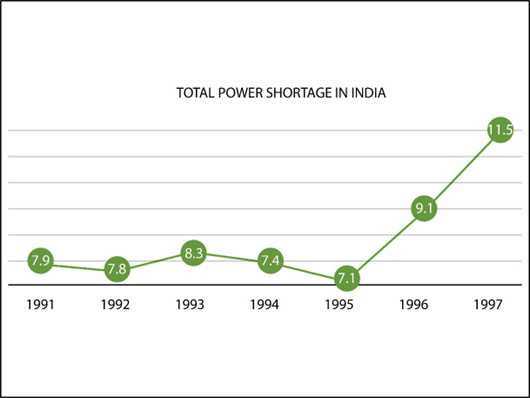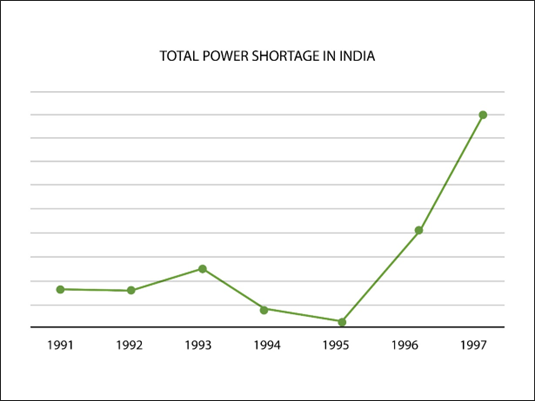NCERT Solutions for Class 8 Science Chapter 5 Coal and Petroleum
NCERT Solutions for Class 8 Science Chapter 5 Coal and Petroleum are given below. Here we have provided the best and error-free answers to all the exercise questions that will strengthen your foundation in science. Solving NCERT questions will assist you in grasping the content in the Crop Production and Management chapter in a better way.
In these solutions, we have answered all the intext and exercise questions provided in NCERT class 8 science textbook. NCERT Solutions for Class 8 Science Chapter 5 Coal and Petroleum provided in this article are strictly based on the CBSE syllabus and curriculum. Students can easily download these solutions in PDF format for free or can read them online.
Coal and Petroleum Class 8 Science NCERT Solutions
Exercise Questions
Question 1: What are the advantages of using CNG and LPG as fuels?
Answer: The advantages of using CNG and LPG as fuels are:
- CNG and LPG burn easily.
- CNG and LPG give a lot of heat energy when burnt.
- CNG and LPG can be transported easily through pipelines.
- CNG and LPG are clean fuels and they do not release smoke when burnt.
Question 2: Name the petroleum product used for surfacing of roads.
Answer: Bitumen is the petroleum product used for surfacing of roads.
Question 3: Describe how coal is formed from dead vegetation. What is this process called?
Answer: Millions of years ago, dense forests got buried under the soil due to natural processes like storms, floods, and earthquakes. These got compressed as more and more soil got deposited over them. When they got buried deep in the soil, they were exposed to very high pressure and temperature. Under these conditions, these slowly got converted into coal. This process of formation of coal from dead vegetation is called carbonization.
Question 4: Fill in the blanks:
(a) Fossil fuels are ____________, ____________, and ____________ .
(b) Process of separation of different constituents from petroleum is called _____________ .
(c) Least polluting fuel for a vehicle is ______________ .
Answer: (a) Fossil fuels Coal, Petroleum, and natural gas.
(b) Process of separation of different constituents from petroleum is called refining.
(c) Least polluting fuel for a vehicle is Compressed Natural Gas (CNG).
Question 5: Tick True/False against the following statements.
(a) Fossil fuels can be made in the laboratory. (T/F)
(b) CNG is more polluting fuel than petrol. (T/F)
(c) Coke is the almost pure form of carbon. (T/F)
(d) Coal tar is a mixture of various substances. (T/F)
(e) Kerosene is not a fossil fuel. (T/F)
Answer:
(a) False
(b) False
(c) True
(d) True
(e) False
Question 6: Explain why fossil fuels are exhaustible natural resources.
Answer: Fossil fuels require millions of years to form from the dead vegetation and animals that get buried deep inside the Earth. They require high temperature and pressure for their formation, which cannot be provided in the laboratory. Thus, fossils are limited. Therefore, the use of fossil fuels at this rate will lead to their exhaustion.
Question 7: Describe characteristics and uses of coke.
Answer: Coke is a tough porous and black substance. It is produced by destructive distillation of coal.
- It is an almost pure form of carbon.
- It is used as domestic as well as industrial fuel in stoves and furnaces.
- It is used in the manufacture of steel.
- It gives little or no smoke.
- It is used for the extraction of metals.
- It can be used to make fuel gases.
Question 8: Explain the process of formation of petroleum.
Answer: Petroleum is formed by the burial of aquatic plants and animals below the sea bed. The marine animals and plants died thousands of years ago and settled down in the bottom of the sea. In anaerobic conditions, microorganisms decompose this organic matter. Due to high pressure and heat, the dead remains of tiny plants and animals were slowly converted into petroleum.
Question 9: The following table shows the total power shortage in India from 1991– 1997. Show the data in the form of a graph. Plot shortage percentage for the years on the Y-axis and the year on the X-axis.
| S. No. | Year | Shortage (%) |
| 1 | 1991 | 7.9 |
| 2 | 1992 | 7.8 |
| 3 | 1993 | 8.3 |
| 4 | 1994 | 7.4 |
| 5 | 1995 | 7.1 |
| 6 | 1996 | 9.2 |
| 7 | 1997 | 11.5 |
Answer:


CBSE Class 8 NCERT solutions Science Chapter 5 PDF
Below we have listed the topics discussed in NCERT Solutions for Class 8 Science Chapter 5. The list gives you a quick look at the different topics and subtopics of this chapter.
| Section in NCERT Book | Topics Discussed |
|---|---|
| 5.1 | Coal |
| 5.2 | Petroleum |
| 5.3 | Natural Gas |
| 5.4 | Some Natural Resources are Limited |
NCERT Solutions for Class 8 Science Chapter 5 – A Brief Discussion
CBSE Class 8 Science NCERT Solutions Chapter 5 helps students to clear their doubts and to score good marks in the board exam. All the questions are solved by experts with a detailed explanation that will help students complete their assignments & homework. Having a good grasp over CBSE NCERT Solutions for Class 8 Science will further help the students in their preparation for board exams and other competitive exams such as NTSE, Olympiad, etc.